THE OLDEST MONASTERY IN EUROPE: CHIRPANSKI MONASTERY OF ST ATHANASIUS
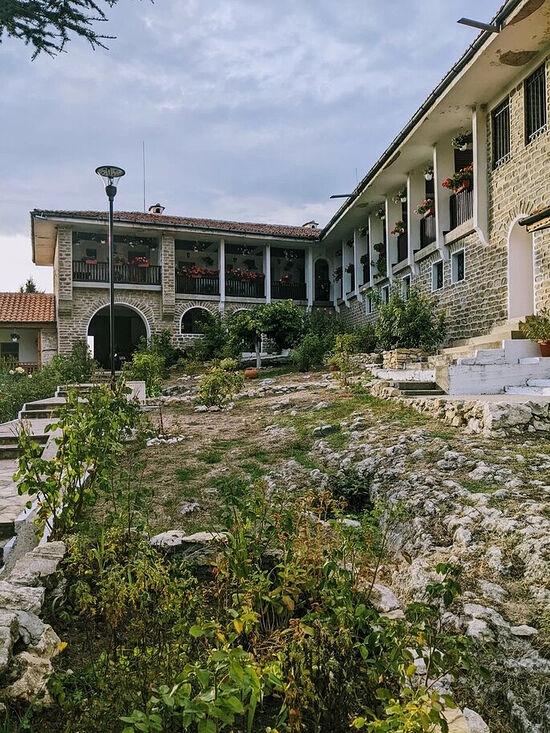
Throughout the Orthodox Christian world, one of the most important and unique aspects of the Orthodox faith can be seen in the numerous monasteries, where a living Gospel is experienced. This experience is open not only to the monastics themselves, who have been called to live the life of the angels (Matt. 22:30)1 but also to numerous pilgrims who can receive spiritual nourishment in these spiritual islands within our increasingly dark modern age. In addition to this, it is widely recognized that monasteries have been vital in creating, preserving, and advancing both religious and secular wisdom from antiquity into the twenty-first century. Nevertheless, it is largely unknown among the Christian faithful how monasticism was transferred from the deserts of Egypt to Europe, and who brought this vital Church institution. Surprisingly, the answer to this question can be found in the modern-day nation of Bulgaria, with it monastery of Zlatnolivadenski, founded in 344 AD by St. Athanasius the Great of Alexandria.
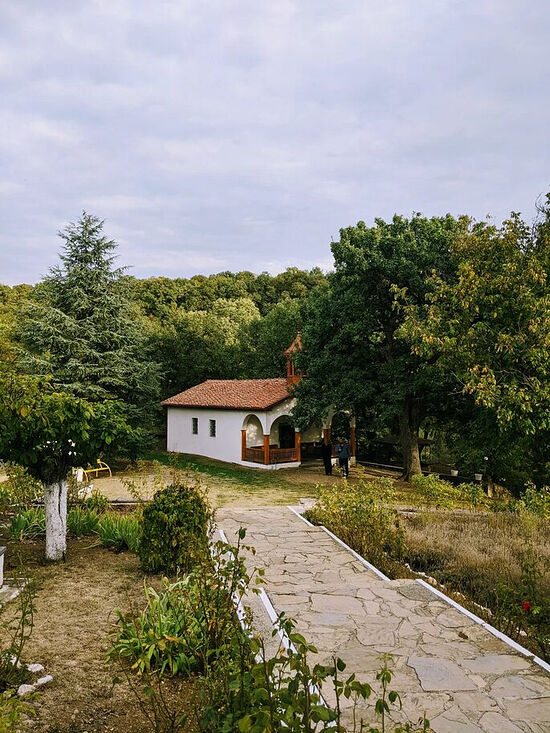
In the autumn of 343 AD, the sons of St. Constantine the Great convened an Ecumenical Council in ancient Serdika (modern-day Sofia), which was attended by 318 bishops from the entire Roman Empire. In a fierce struggle against the heretical Arians, the Orthodox doctrine of the Holy Trinity was confirmed. St. Athanasius was the most prominent figure in this Ecumenical Council, and actively participated in the fight against Arianism. In that period, Mysia and Thrace represented one of the main arenas of the struggle between the two currents of Christianity at that time.
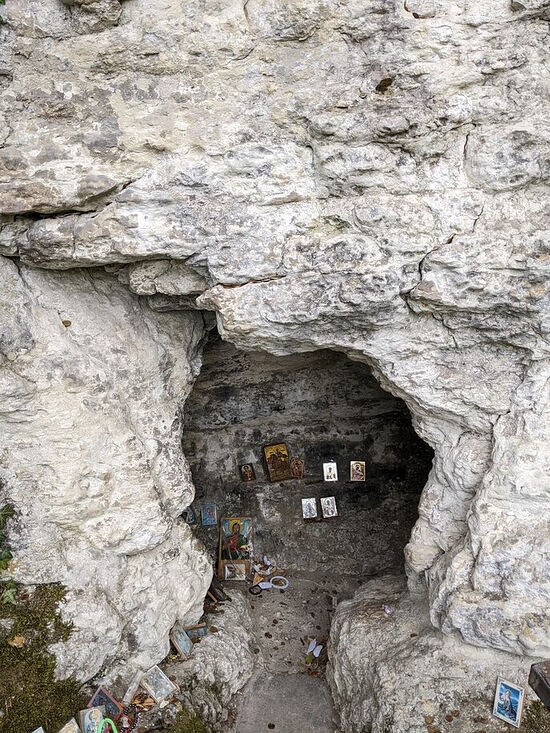
In 344 AD, on his way to Constantinople, St. Athanasius stopped for the night in an old Roman fortress near the village of Zlatna Livada. He found the local Thracian population in terror because of a terrible pandemic that had inflicted them. St. Athanasius remained in this village and secluded himself for fasting and prayer in a rock cave about 300 meters (1,000 feet) from the fortress. (This cave can still be visited by pilgrims in the present day; but tragically during the communist time period, the ownership passed to a local gypsy family.2)
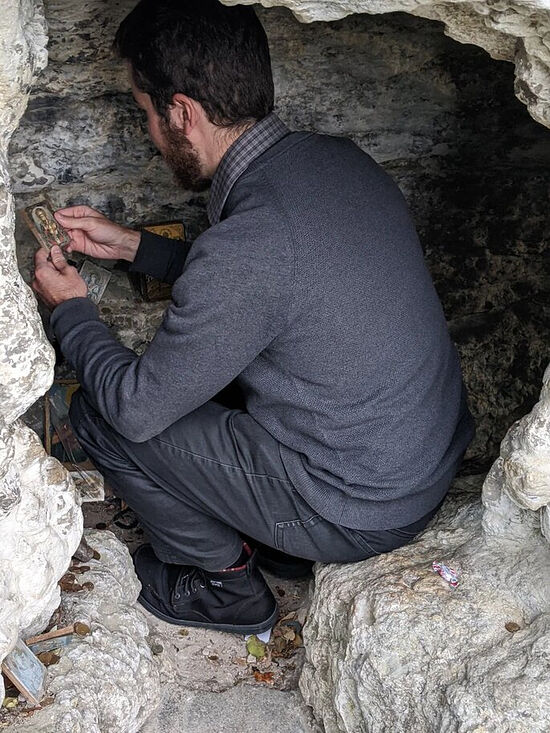
After this time of fasting, St. Athanasius urged the people to build a Church and founded a monastery on the site of an ancient Thracian sanctuary near the main Constantinople-Serdica road. Through God’s great mercy, the epidemic did pass, and the Thracians became devout, truly Orthodox Christians afterward. They did not forget their benefactor, and after his death in 373 AD, the monastery took the name of St. Athanasius. Like many other monasteries, the history after the foundation of the Zlatnolivadenski monastery has been wrought with difficulties, the monastery having been repeatedly demolished and rebuilt. During the Ottoman occupation of Bulgaria, Paisii Hilendarski, Hajdush Voivodes, Vasil Levski, and other fighters for the liberation of the Bulgarian people found shelter in the monastery. After the Soviet takeover of Bulgaria in 1944, the monastery was abandoned and turned into a sheepfold for the local collective farm until the beginning of the 1950s. Then, through the intercession of St. Athanasius, the monastery was saved from this desecration.
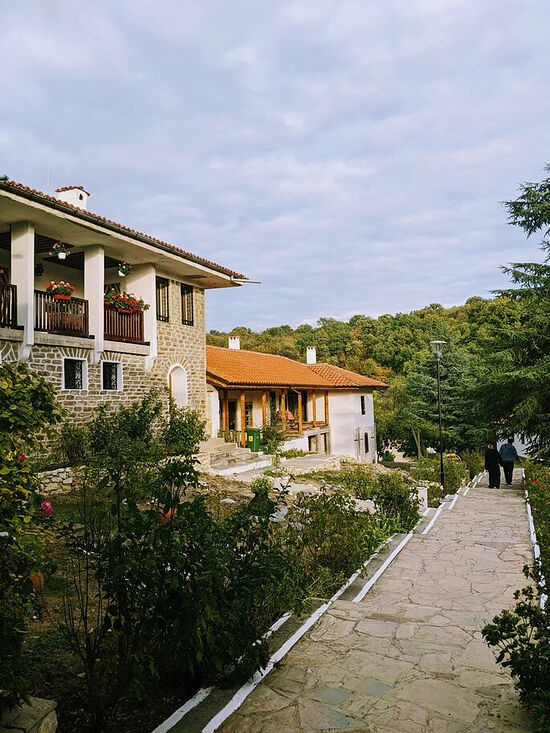
Three nights in a row, an elderly woman from the village saw in a dream St. Athanasius, who insisted that the sheep be driven away from the holy monastery. She told the people in the village, but nobody in those atheist days would believe her. Then the saint appeared to the party secretary with the warning that if he did not stop the insult toward the monastery he would lose his child. Tradition has it that in one night, the monastery was cleaned and made ready for service. The first major modern improvement of the Zlatnolivadenski Monastery was carried out in 1981 at the personal initiative of Lyudmila Zhivkova, who expanded the monastery and constructed a two-story building in a traditional style.
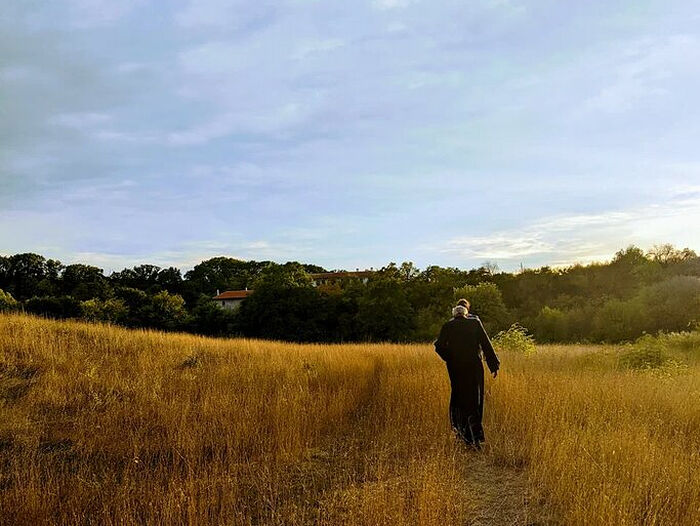
With its scale and space, this monastery is one of the largest monasteries in today's Bulgaria, but presently only has one monk due to the monastic vocations crisis in Bulgaria. The uniqueness of this place is complemented lastly by the well with holy water. It is reputed to have healing properties, and hundreds of sick pilgrims come here for it, especially on May 2, when the memory of St. Athanasius is celebrated. Patriarch Petros VII of Alexandria came in 2003 to the monastery to venerate his predecessor, who 1,659 years ago had prayed in this monastery and gifted an icon of St. Athanasius painted in Alexandria, which can be seen inside the main chapel. Despite its humble, largely unknown status within Orthodox Christianity, the Zlatnolivadenski Monastery was the grain of mustard seed for the future flourishing of monasticism in Europe (Matt. 13:31–32).3 This European monasticism was first fed from the spiritually flowering deserts of Egypt and brought through the great spiritual might of St. Athanasius the Great, who continues to intercede for the Church in this difficult time that abounds with heresies threatening to divide the Church.
Troparion: Tone 3
You were a pillar of Orthodoxy, O Hierarch Athanasios, / supporting the Church with divine doctrines; / you proclaimed the Son to be of one Essence with the Father, / putting Arius to shame. / O Righteous Father, entreat Christ God to grant us great mercy.
Kontakion: Tone 2
Having planted the dogmas of Orthodoxy, / you cut out the thorns of false doctrine, / and multiplied the seed of faith with the rain of the Spirit; / therefore, we praise you O righteous Athanasios.


No hay comentarios:
Publicar un comentario